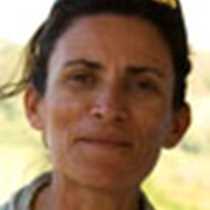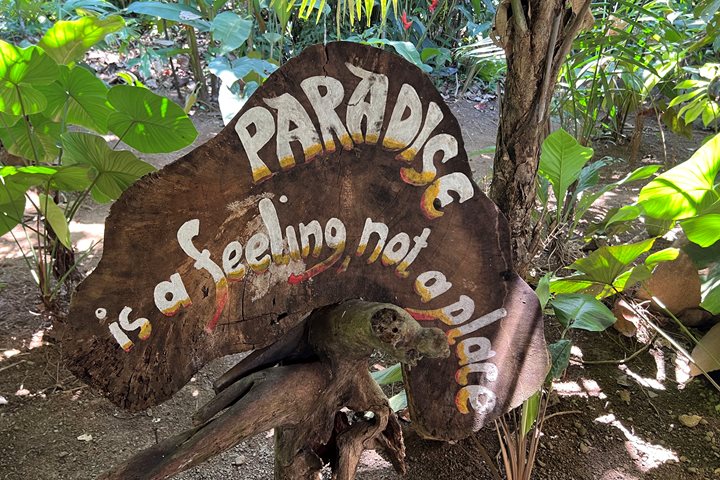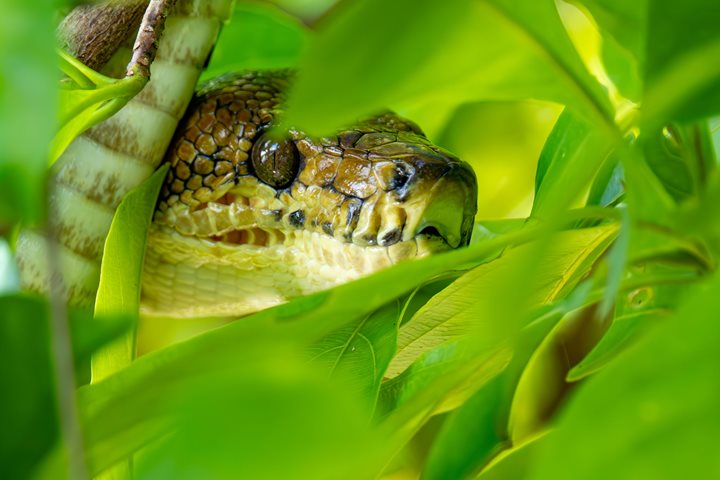The first full day of our expedition found us just off Barro Colorado Island on the Gatun Lake in the Panamá Canal. Gatun Lake was formed in 1914 when the valley was flooded to create a waterway for the canal that would join two large bodies of water: the Pacific Ocean and the Caribbean Sea.
While in the lake, we had three options for excursions. The first was visiting the Panama Rainforest Discovery Center (RFDC), which is an ecotourism and environmental education project under the administration of the Eugene Eisenmann Avifauna Foundation. Its main goal is the conservation of birds through environmental and sustainable projects. Our second option was a visit to Barro Colorado Island (BCI), where we had two choices. The first was to hike the island’s hilltop trails and the second was to take a Zodiac cruise along the island’s edge to look for wildlife. For the past 100 years, the manmade island has been one of the best studied tropical locations. For exactly a century, this island has provided the scientific world with knowledge and with more questions than any other research station in the Neotropics. Now under the supervision of the Smithsonian Institute, the island is home to many resident species of animals and plants.
All options proved to be great. We had sightings of American crocodiles, limpkins, iguanas, keel-billed toucans, and howler, white-faced, and tamarin monkeys. A wide variety of creatures bid us hello. We came back on board to wait for the third canal pilot of our transit to head south to our last two sets of locks, the Pacific set – the Miraflores and Pedro Miguel Locks – before crossing the famous Gaillard or Culebra Cut.
As we crossed the bridge of the Americas and left behind the Panama Canal, we couldn’t help but think of all the people involved in the construction of this Wonder of the Modern World and how their lives changed world commerce and the global economy.









